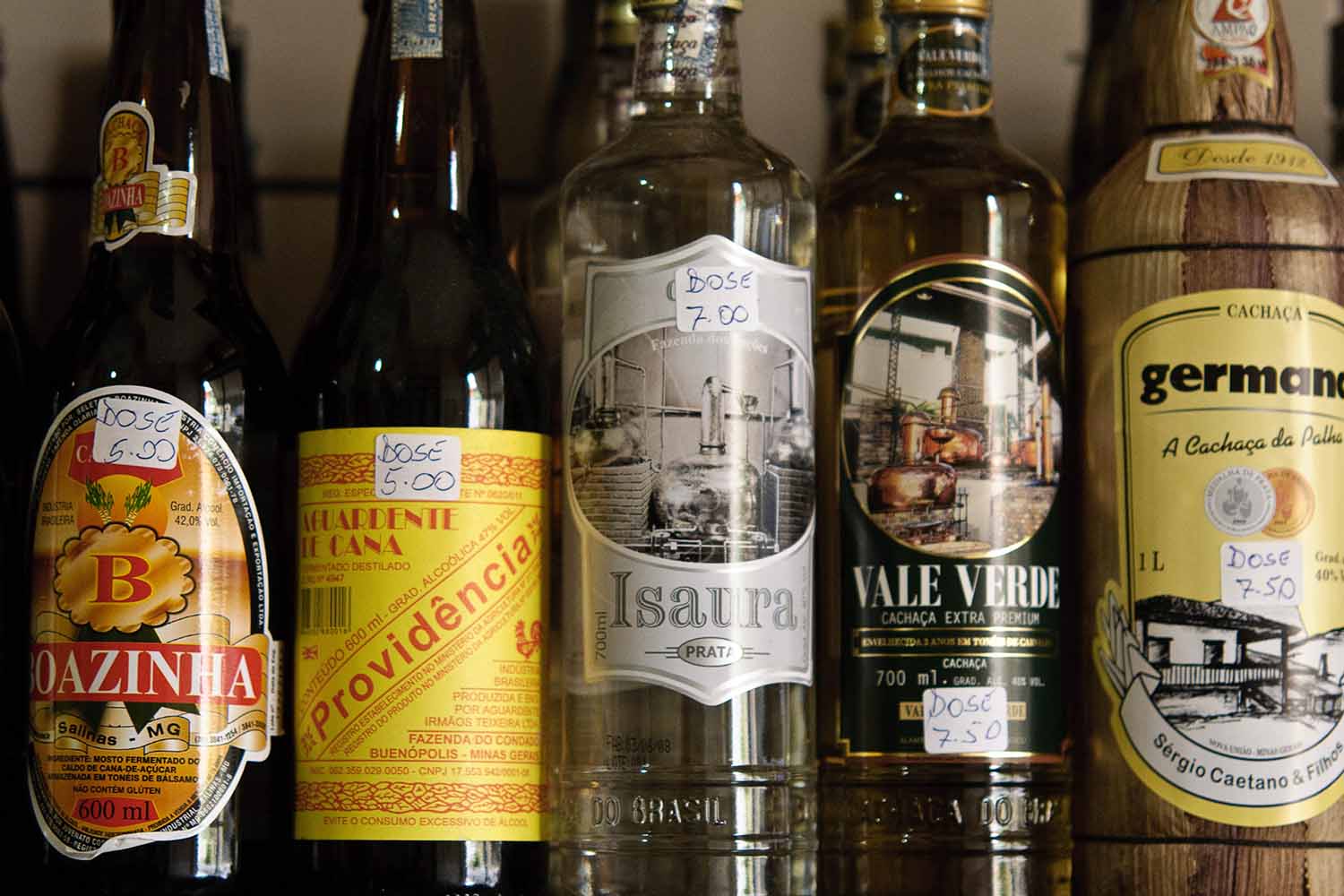(Editor’s note 6/12/24: We did this story in the summer of 2016, but the facts about cachaça still hold in 2024.)
If you’re planning on watching the Rio Olympics in proper Brazilian style, the best way to do it will be with some cachaça in your hand. (Ed. note: … while being robbed in a river of fetid water, just to get the full “Olympics” experience.)
But what’s the deal with Brazil’s most popular spirit?
We’ve done the research to make sure you’re drinking it — and saying it — right.
Seriously, how do you pronounce “cachaça?”
Say it with us: kah-SHAH-sah.
What is it and how is it made?
The easiest way to put this is that cachaça is a Brazilian spirit distilled from fermented sugarcane juice. But just like saying “wine is fermented grape juice,” There’s a lot more that goes into understanding what can be called “cachaça” and the different variations there are out there.
Just like Champagne, there are location and production restrictions at play. Anything labeled as cachaça must be made from single-distilled fresh sugarcane juice, must be made within Brazilian borders and must be between 38 and 48 percent alcohol by volume. If you’re thinking “That just sounds like rum,” you’re not entirely wrong, but you’re missing the major distinction: rum can be (and often is) made with molasses instead of fresh cane juice, and is often distilled multiple times and with amped-up alcohol content. If you’re splitting hairs, the closest spirit to cachaça would arguably be rhum agricole, a fresh cane juice spirit that is made strictly in legally protected regions of Martinique.
How does it taste?
There are many variations of cachaça that involve barrel aging, but most would describe the spirit as having grassy, floral, almost sulfurous aromas and flavors with less caramelized notes than rum, with the main difference being that uncooked sugar cane juice tastes way different than molasses.
Similar to tequila or rum, there are also aged variations of cachaça that will transform the way it looks, smells and tastes. Any variations that see stainless steel (or neutral wood that imparts no color, such as peanut) are classified as branca (white), prata (silver), tradicional or classica. Amarela (yellow) cachaças are stored in wood barrels for an undesignated amount of time, while anything marked envelhecida (aged) must contain at least 50% liquid that has been aged for no less than a year in smaller barrels.
Confusing? Maybe. Delicious? Definitely.
Some of the most exciting, unique sides of cachaça are the varieties aged in native Brazilian wood, including balsa, peanut and amburana.
So why haven’t I seen it in that many bars until recently?
Actually, you probably did. But it might have been labeled as “Brazilian rum.” Things changed in 2013 when the American and Brazilian governments signed an agreement that protected the name “cachaça.” And even though the overwhelming majority of what’s produced stays right in Brazil, there has been a marked increase in importation to the United States in the past decade.
What are the brands to look for?
Leblon: As one of the more widely available brands in the U.S., it’s most likely the first one you saw labeled “cachaça” behind the bar. It also makes for a killer caipirinha.
Agua Luca: A fruity and bright cachaça that’s part of the new wave of production, it’s as good in cocktails as it is for sipping on the rocks.
Novo Fogo Organica Aged Cachaça: Aged for two years in old bourbon barrels, this cachaça has an exciting blend of fresh vanilla, cinnamon and tropical flavors that make it a great sipper.
Avua Cachaça Amburana: A pleasantly dry cachaça that sees two years of aging in amburana barrels. Refreshingly unique and a great way to experience the versatility of the spirit.
Araxa Cachaça de Minas: Besides being a perfect gifting cachaça (comes in a blue ceramic bottle in a blue felt bag), it’s a beautifully smooth, floral take on the spirit.
Alright, how do I mix this stuff up proper?
There are plenty of cases in which cachaça can be enjoyed neat or on the rocks, especially in the case of many of the new wave, small-batch productions or aforementioned aged versions that are becoming increasingly available outside of Brazil. But cachaça also makes for a killer cocktail mixer, with the glaringly obvious choice being the almighty caipirinha, the official national cocktail of Brazil.
Here are three recipes no one will object to.
Caipirinha
1 lime
2 oz. cachaça
1-2 teaspoons sugar (to taste, and feel free to use brown sugar)
Cut the lime into eight wedges and muddle them in an Old Fashioned glass. Pour in cachaça and sugar, fill glass with ice, stir and serve.
Batida
1 oz. passion fruit juice (or coconut milk, or cream of coconut like Coco Lopez)
2 oz. cachaça
1 tbsp. sugar
Combine ingredients with ice in a blender and pulse until smooth. Serve immediately in a tall glass.
Royce
1 slice each of lemon, orange and lime
1 ½ oz. cachaça
1 oz. guava juice
1 tsp. sugar
Lightly muddle the fruit slices in a zombie glass and mix in sugar. Add guava juice, cachaça and ice, and mix again before serving.
Join America's Fastest Growing Spirits Newsletter THE SPILL. Unlock all the reviews, recipes and revelry — and get 15% off award-winning La Tierra de Acre Mezcal.
